The Negative State
William Easterly identifies the concept of the negative highway, inconvenient connections between Interstate highways seemingly created for the sole purpose of enticing people to shop at local businesses.
William Easterly identifies the concept of the negative highway, inconvenient connections between Interstate highways seemingly created for the sole purpose of enticing people to shop at local businesses. His “favorite” is Breezewood, PA:
I used to drive often from Washington DC to Ohio and would pass fuming through Breezewood PA, victim of a hijacking. Where there should have been a simple interchange of Interstates 70 and 76, the locals had conspired with the road builders to dump you on a short stretch of a stoplight-heavy road, PA State Highway 30, in between.
This generated a lot of jobs for the locals, of course, in all the motels, gas stations, and fast food places clustered along this road.
He cites other examples of the phenomenon, and notes that the practice has a long history but that they’re relatively rare in the United States and other modern societies but quite plentiful in the developing world.
My “favorite” example of this is the state of Delaware which, as best as I have been able to determine, exists solely to collect tolls from those trying to traverse the Eastern Seaboard along I-95 and as a place to house corporations for lawsuit purposes.

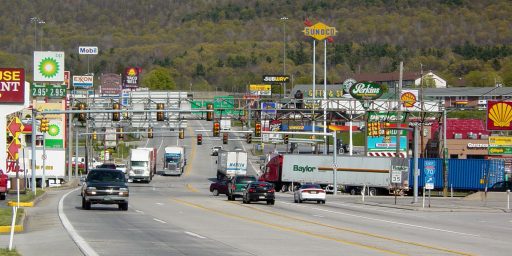
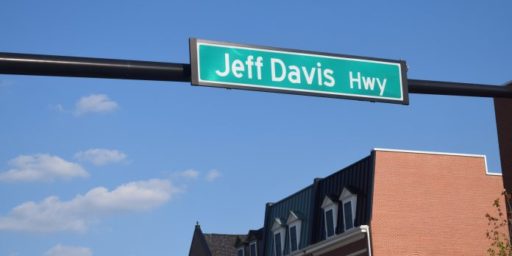
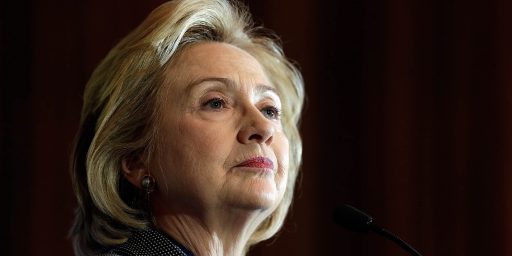
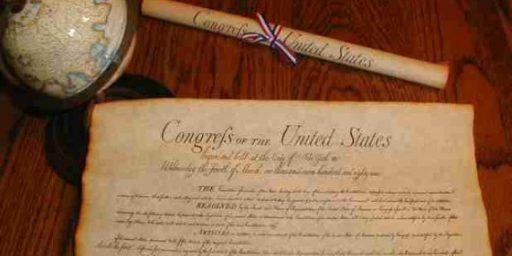
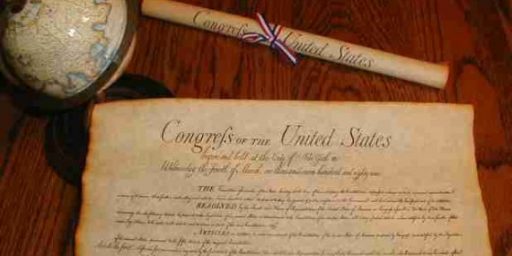
Since I make the drive out to Western PA and Ohio frequently, I’m very familiar with Breezewood.
The Breezewood story is a little more complicated than than the quote makes it seem:
The businesses cropped up as a result of the interchange, not vice versa apparently. Of course, now that the rules noted above have been relaxed these businesses do a fairly aggressive job of lobbying state and federal authorities against creating a direct connection to the PA Turnpike which would, of course, make the most sense from a transportation point of view.
Another factor is that the Pennsylvania Turnpike pre-dates the Interstate Highway system, and for some reason, direct links between the two were not permitted when the original set of interstates were built. As a result, where I-81 crosses the PA Turnpike in Carlisle, there is no direct interchange, but instead a 1 mile stretch of US 11 connects them. So many business sprung up that that segment of US 11 is called the Miracle Mile. Ditto I-80 and the Northeast Extension of the Turnpike, which needs to be connected by PA 940, but at least in both cases, there are exit for both highways within a mile or so of each other.
On the other hand, where I-95 crosses the PA Turnpike in Philly’s suburbs, there is no exit for several miles. To get from one to the other, you either need to stomp through several miles of Bristol PA (with about 10 lights) or take a zigzag path on US 1, adding about 8 miles to the trip, but no lights. When combined with I-95 disappearing north of Trenton for about 20 miles before it combines with the NJ Turnpike, there is no way to get from Philly to New York using less than 4 roads, even though they are both top-10 cities located about 100 miles apart. (note, this is finally being cured by creating a new direct interchange between I-95 and the PA Turnpike, which is not expected to be completed until 2014)
In Delware’s defense, their portion of I-95 predates the Interstate Highway System (it was originally the Delware Turnpike) and was built by the state itself.